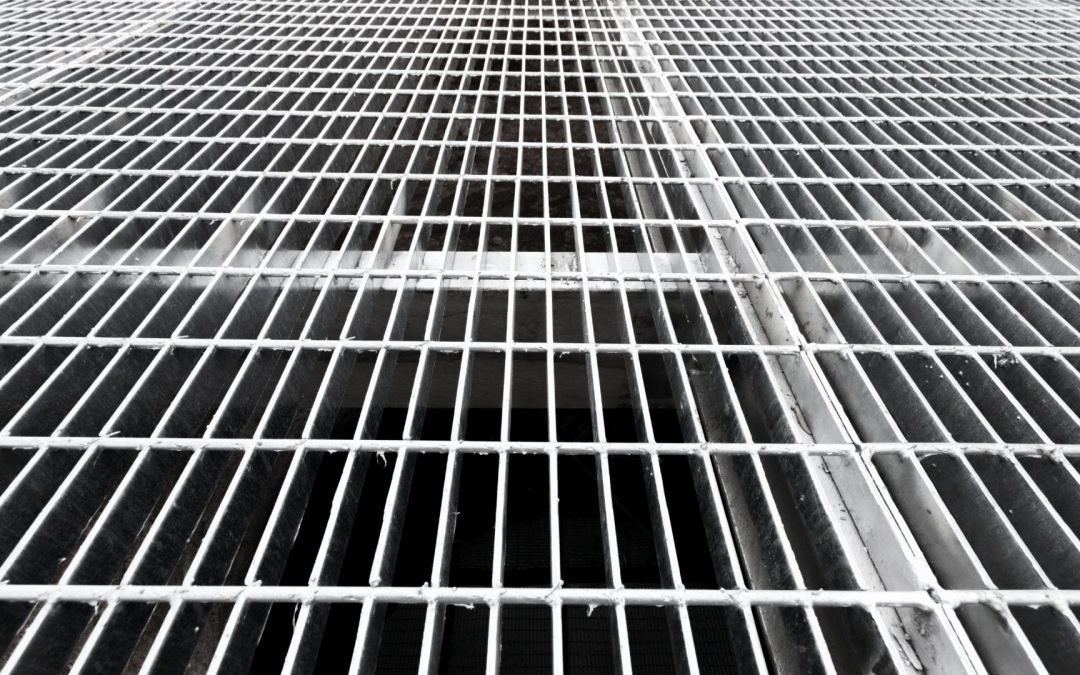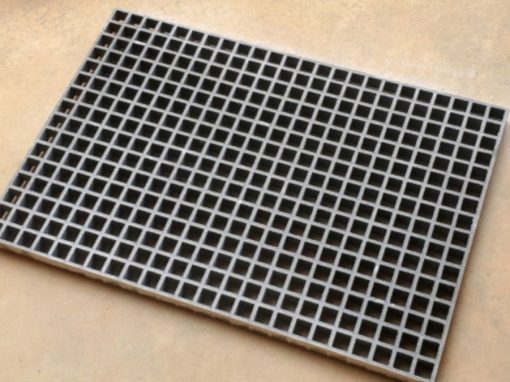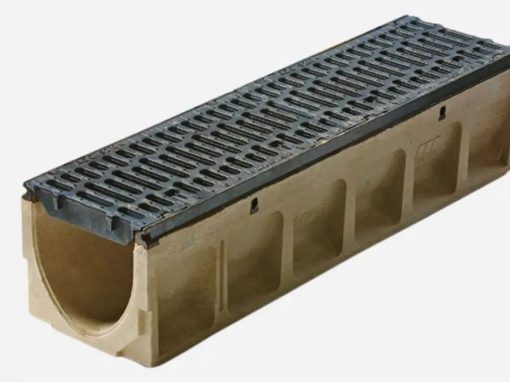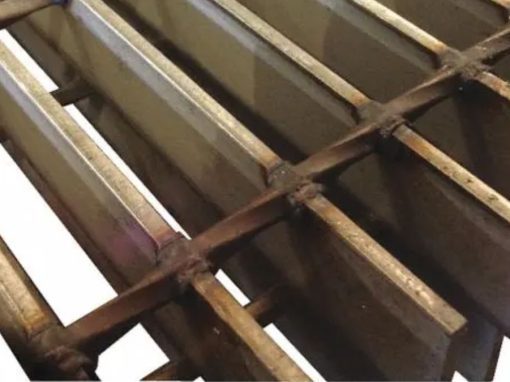Grates are essential in commercial, industrial, and pedestrian spaces. Grates help create proper water flow and protect the safety of those in the area.
That being said, you can choose from stone grates or steel grates. So which is best for you?
In this article, we’ll talk about the key differences between these two materials and their advantages.
The Difference Between Steel Gratings And Stone Gratings
When it comes to the “steel gratings vs stone gratings” debate, you should consider the following factors:
What Is Steel Grating?
Steel grates refer to those which are made of metal steel or iron. They are great for high load and high impact use cases. Steel grating standard sizes are fairly universal, while they can be customized as well.
Some of the advantages of steel drainage grates are:
- Strength – Steel has incredibly high tensile strength. Steel grating strength can withstand a lot of damage and use throughout the years. It makes them excellent for trench drain grating.
- Durability – Steel does not rot. It can withstand high winds, cold, pressure, and heat over the years.
- Sustainability – Steel is a very recyclable material. You can melt it down and repurpose it in almost an infinite amount of ways and yet it still won’t lose its integrity or strength. 90% of steel is recycled meaning that you’re doing the environment a favor when you use this type of grating. Some downsides of steel gratings.
Some of the downsides of steel gratings are:
- Rust – While steel has a number of advantages, you can even galvanize it, it is possible that the steel grating will rust over time. Therefore, it’s important to consider the payoff of having a galvanized or stainless steel grate instead of leaving it susceptible to corrosion.
- Aesthetics – Some would say that steel is not as pretty as other materials like stone. That being said, this is a personal preference, and that’s for you and your community to decide.
What is Stone Grating?
Stone grates are some of the most common types of gratings today. A lot of people like to use stone gratings for their aesthetic qualities.
Some of the benefits of stone gratings include:
- Anti-rust – Stone gratings do not rust or corrode, since that happens to metal alloys, not to stone typically.
- Absorb less heat – While some would argue that being able to absorb less heat is a downside, in certain applications, more heat absorption is a bad thing. Therefore, stone could be a better fit for those scenarios.
- Slip resistance – Due to the nature of the material, stone offers less slipping hazards than metal does. This could create a safer installation in a public park, for instance, in which people of all ages will be walking over the grates themselves without non-slip shoes as a construction worker would on a steel grate.
Some of the disadvantages of stone grating are:
- Weakness – Typically these are designed with looks in mind. They may not have a high load class.
- Durability – Over the years, the stone is going to weather away. How long that takes depends on the weather in the local area.
- Maintenance – Maintenance can be somewhat of a pain with stone. Moss and other natural elements can ruin the aesthetics while weakening the drain itself.
Consider your local regulations, design requirements, and water drainage needs before selecting your material. And as always, consult a professional for further information on the best style for you.




